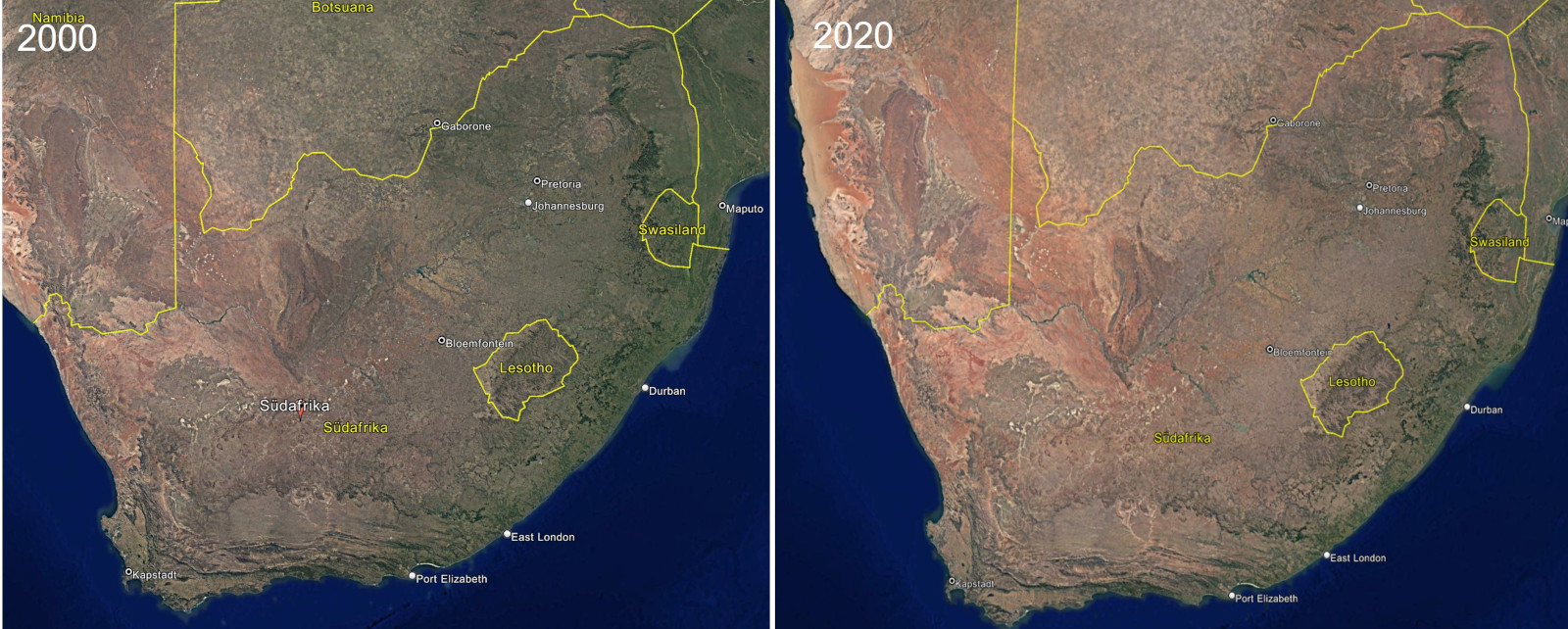Energy Bands make greenery engineering possible in many parts of the world
While the effects of various climate engineering practices have not yet been fully researched, experts agree that re-vegetating areas that were once green, before, is positive, or in many cases, much needed, for the climate, as well as for local nature and local people.
Since Energy Bands can be built easily, quickly and, using locally available materials such as bamboo, inexpensively wherever there are paved roads, they are the ideal power suppliers for desalination plants - all that is needed is access to the sea to be able to produce the fresh water that is usually urgently needed for greening.
In the process, Energy Bands can be installed flexibly, both over hundreds of kilometers for large-scale infrastrutkrur projects for desalination and greening, and on a small scale for local agricultural needs.
















